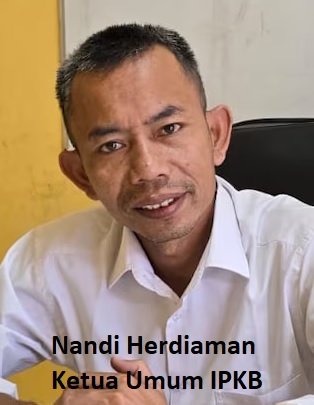Craft and Tradition Expertise Group, Faculty of Art and Design (FSRD) Bandung Institute of Technology (ITB) has conducted research on the application of technology in natural fibers. They conduct research on smart textiles.
The development of science and technology has a great impact, including the development of textile characteristics. Smart textiles are a term for fabrics that can respond to environmental stimuli that are mechanical, thermal, chemical, electrical, or magnetic sources.
The term smart textile itself is still not commonly heard by the people of Indonesia. Against the background of the use of natural fibers, especially hemp, which is still commonly used in Indonesia, this research which aims to produce smart textile products from natural fibers was carried out from 2014 to 2015.
The research was conducted by Innamia Indriani, S.Ds., M.Ds. and Adi Surya Pradipta, S.T., M.T., which was conducted under the direction of Prof. Bambang Sunendar (FTI ITB) and Dr. Kahfiati Kahdar, M.A. (FSRD ITB).
"Hemp fiber has developed in Indonesia since 1911, where this fiber is easy to obtain, environmentally friendly, and has specifications similar to cotton but with stronger durability," said Innamaia.
He said the research focused on getting yarn from hemp fiber that has self-cleaning characteristics. So that the fabric made from the thread will be waterproof followed by the ability to clean itself when there is water that wets it.
The application of nanotechnology is the key to realizing this research. Like the surface of lotus leaves or taro leaves, threads made from hemp fiber are modified to produce the lotus effect phenomenon. Through micro-scale observations, it is known that lotus leaves or taro leaves have an uneven surface.
This is because there are papillae or small protrusions that function to catch water droplets that fall on the leaf surface and maintain their shape so they don't turn into globules directly. This phenomenon causes the leaf surface to have water-repellent characteristics through hydrophobic conditions (not interacting with water),” he said.
The self-cleaning characteristic is also inspired by the presence of papillae which cause water droplets to continue rolling until they fall from the leaf surface, which indirectly cleans the leaf surface. However, self-cleaning is also influenced by other factors such as leaf position, water mass, and the angle between the leaf surface and water droplets.
This research yielded results. The team finally obtained a hemp fiber yarn with self-cleaning characteristics. In addition, there are also fabrics made from this thread.
The presence of fabrics with self-cleaning characteristics made using non-machine looms or ATBM shows that something simple or traditional can be collaborated with modern or high-tech things.
“The use of ATBM does not interfere with the self-cleaning performance of the yarn. However, further studies are needed to determine the durability and quality of the self-cleaning performance,” he explained.








